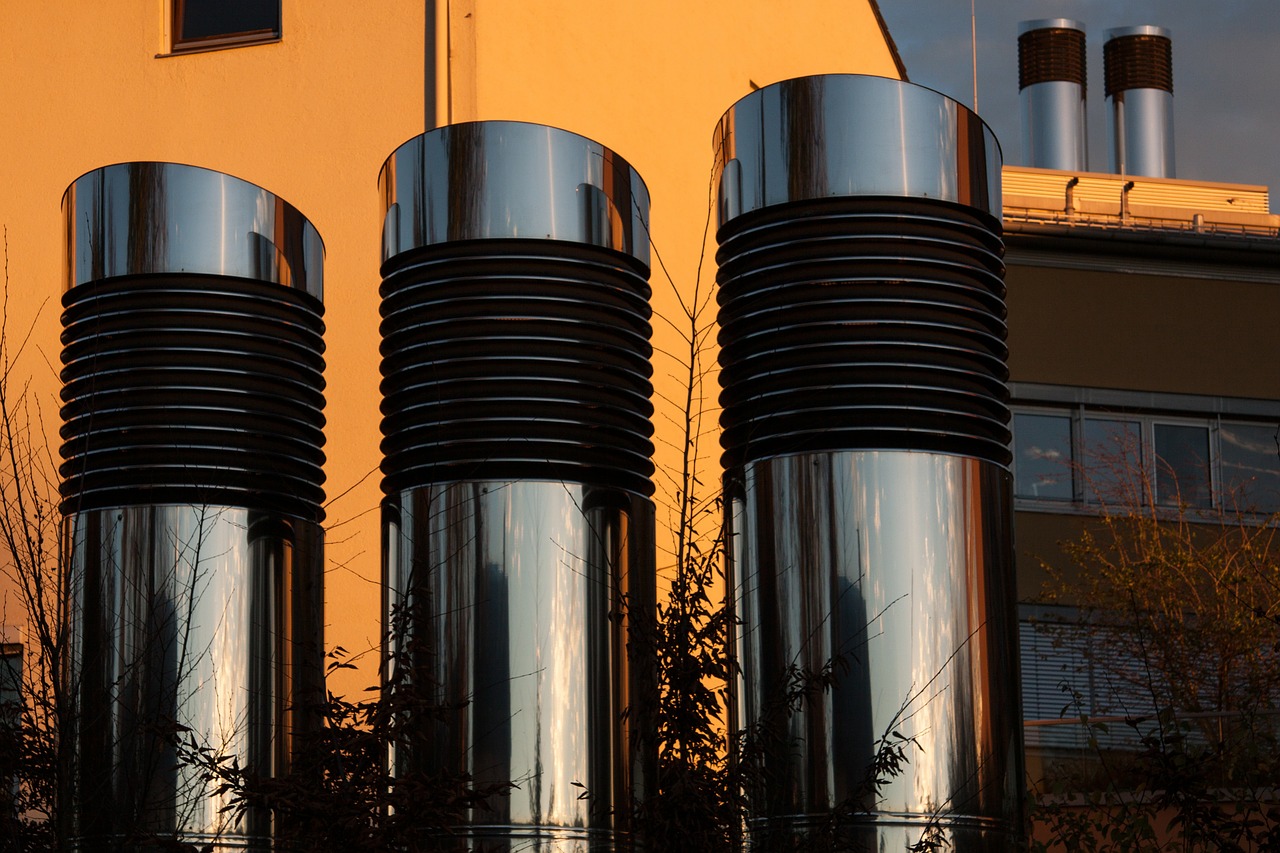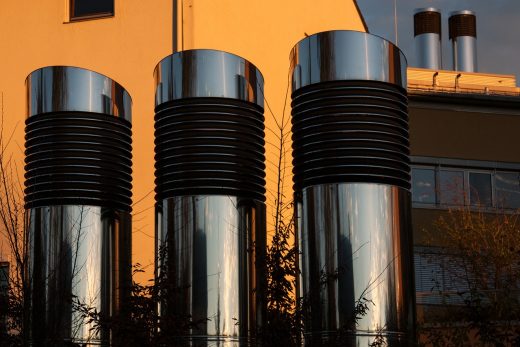Designing industrial dust and fume extraction systems guide, Tips, Online Advice
Designing Industrial Dust and Fume Extraction Systems
17 Feb 2021
The importance of the design, build, installation, and maintenance of dust and fume extractors is something many people do not really appreciate. Whether it is a home or place of work these systems run tirelessly and have huge benefits for our health. Without them especially in an environment such as factories and engineering where dust particles are often considered dangerous to human health and helping to ensure that machine parts do not get clogged up by excessive dust particles.
Having the correct model and design for each purpose you intend to use it for is essential and can help to save money and people’s health. There are many different types of extraction units available to buy and install but you should be sure to select the correct one, please click on the link for a complete guide to dust extraction and the benefits they can achieve.
The Benefits of a Well-Designed Extraction System
In the workplace for many people, an excellent extraction system is essential to ensure the health of the workforce. Industrial working conditions can be a major health hazard to employees with dust particles and fumes being breathed in on a daily basis causing cancers, asthma, and Chronic Obstructive Pulmonary Disease (COPD). For many years people did not have the benefit of a custom made and well-designed extraction system and suffered for it.
With the knowledge, we have today of the health and safety implications most developed countries have stringent laws making it mandatory for companies to ensure that they include well-designed extraction units in their place of business, this includes offices also which many people would think was a safe environment but even offices can create a huge amount of dust particles that can be detrimental to people’s health over a period of time and an industrial extraction system is now deemed essential.
How do Fume Extractor Systems Work?
Fume extractors are units designed to use a negative draft flow and remove any fumes in and away from the place of work or work station. By using a fan to draw the fumes and filtration systems that help to capture and remove any hazardous particles from the environment creating a safer workplace, certain jobs require a well-designed extractor more than others, these include:
- Paint Spraying: Even with the protective gear being worn by paint sprayers including the N95 certified masks an extraction system is still needed due to the level of toxic fumes produced.
- Welding: Extraction units are essential to ensure the safety of the people welding which is one of the jobs that helps to power many industries. With the various metals that are being used in the welding process that create toxic fumes and particles, the need for an extraction unit is essential to help maintain worker safety.
- Chemical Engineers: With so many fumes being produced in the process of making or applying chemicals it is externally important that they are provided with a well-designed extraction unit, without one it can lead to serious health problems.
- Mechanics: Anybody working in the auto industry will testify for the need for a fume extraction unit to be installed to prevent exhaust fumes from potentially accumulating in the garage or maintenance depot, the unit will help to remove the gasoline and oil fumes also.
By drawing the potentially toxic fumes through the process of filtration fumes can be cleaned and be released safely outside of the workplace.
The Most Common Types of Dust Filters for Extraction Units
Industrial dust extraction units are only as good as the filter used to collect the dust and particles. The filter is very specific to the nature of the work being done and the dust being produced during whichever process is being performed. Certain filters work better for certain tasks and not all are universal, here are some examples of the filters used in extraction units:
- Fabric Filters: Probably the most common filter in use today and often referred to as “baghouses”, being very cost-effective and up to 99% capable of filtering dust and harmful particles from the work environment. Often made of synthetic material, felted cotton, and glass fiber they are highly efficient.
- Inertial Separators: By using combinations of inertial, centrifugal, and gravitational forces the filter is capable of separating the dust produced from gas streams moving the dust and particles into a hopper, and are temporarily stored until cleaned.
- Wet Scrubbers: Using liquid (often water) to collect dust from gas streams. The dust is gathered within the unit and usually collected in a drag chain tank and removed via a drag chain conveyor.
There are many different types but each is best suited to a certain industry. Before installation of any new extraction system consulate with the supplier, manufacturer, and your health and safety team who should understand the requirements needed and also ensure that relevant health and safety laws are strictly followed.
The Considerations When Designing Extraction Systems
Designing an efficient extraction system for specific tasks is not easy considering the pressure that is put on not only the designer to ensure maximum efficiency but the extraction unit itself. Often running 24 hours a day these units must be able to perform at 100% to ensure worker’s safety. Some of the considerations are:
- Being Automated: By having an automated system you can help reduce the number of hours staff need to attend to the unit by tracking filter performance, reducing maintenance and many of the newer systems will also detect when it needs to be on or off reducing the power consumption. Consider using an app to monitor the functions of the system.
- Closed or Open? Large windows or open plant doors are a consideration when designing extraction systems. With the airflow interrupted by even a small amount, it can affect the usefulness of even the best and most thought out designs.
- Ensuring Worker Safety: Having the fumes and dust particles drawn away from the people is essential, avoid in the design any way of the worker being indirect contact with the flow that has been created. Not always practical depending on the circumstance but ideally an overhead extraction is the safest way to remove dust and fumes from the environment.
Many of the products available are standard but they do not always work for specific jobs and need to be designed to suit the needs of the client. If it is not practical to travel to the site you are designing extraction units for then ask for photos or video of the area that they will be installed to understand the client’s needs.
Designing industrial dust and fume extraction systems Summary
Dust and fume extraction and the importance of good design are paramount to not just the health and safety of workers but also help to prevent potential mechanical failures due to the build of dust particles within parts. Another sometimes overlooked issue can be within the office, with a good extraction system installed they can help reduce illness and increase productivity.
With most places of work now using extraction systems, there is a demand for skilled engineers and designers to help within the sector. As more business owners and employees become aware of the need for efficient systems to be introduced the demand in the industry will only rise.
Comments on this guide to Designing industrial dust and fume extraction systems Tips article are welcome.
Air Conditioners
Air Conditioners Posts
5 things to check when buying used air compressor
True cost of poor HVAC maintenance
6 reasons why high-quality air condition is vital
Home Articles
Residential Architecture
Comments / photos for the Designing industrial dust and fume extraction systems advice page welcome






